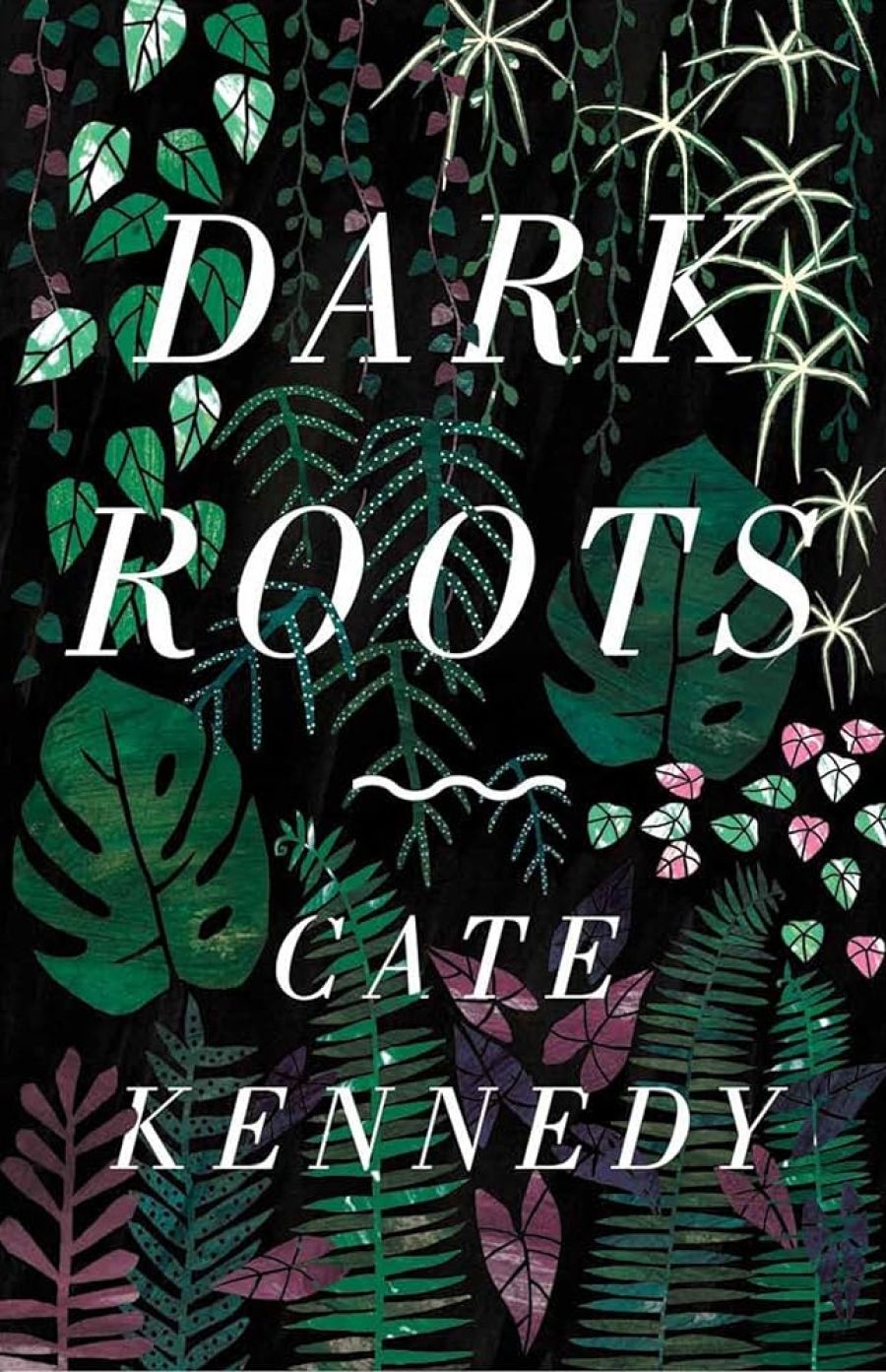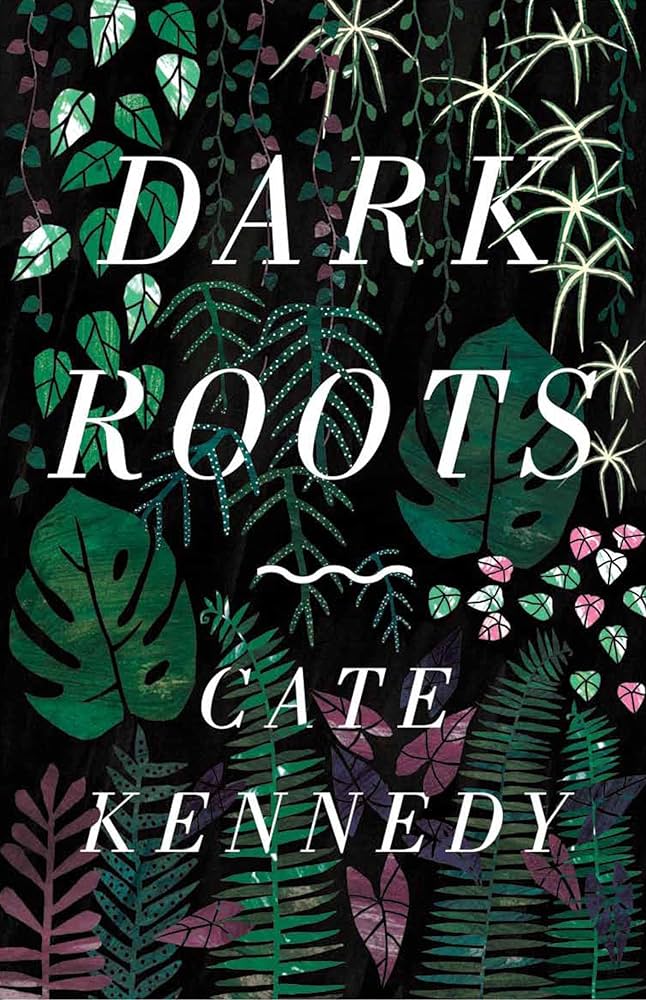
- Free Article: No
- Contents Category: Short Stories
- Review Article: Yes
- Article Title: Risky proximity
- Online Only: No
- Custom Highlight Text:
Cate Kennedy’s name will be familiar to anyone who takes even the vaguest interest in Australian short story contests. Over the last decade, she has racked up an impressive list of awards in regional competitions, but readers are most likely to have noticed her successes in two of the most high-profile ones. In 2001 she took out the prestigious and now-defunct HQ Magazine short story competition; and in 2000 and 2001, two Age short story competitions back-to-back. With such a strong recognition factor, it seems like a smart move by Scribe to publish her first collection. Not only should it appeal to readers looking for new short fiction of established quality, but also, presumably, to the thousands of writers who enter short story competitions each year and who wish to see the gold standard.
- Book 1 Title: Dark Roots
- Book 1 Biblio: Scribe, $28.95 pb, 192 pp
- Book 1 Cover Small (400 x 600):

- Book 1 Cover (800 x 1200):

What strikes one immediately, on opening this collection, is the intensely local setting of its stories: a hospital ward, a street outside a coffee shop, a council flat, a football night in front of the television. Kennedy’s realist eye is unpretentious, drawn to domestic moments that teeter on the edge of change. In ‘Resize’, a couple whose relationship is on the brink drive to a jeweller to have their wedding rings resized. In ‘A Pitch Too High for the Human Ear’, an ageing basketballer finds solace on his nightly jogs through the suburban backblocks with his dog. In ‘Dark Roots’, a forty-year-old woman with a twenty-six-year-old lover faces herself in the bathroom mirror as she begins to take the pill again.
Yet, while these premises may suggest an almost American sensibility, Kennedy avoids the length of exposition that distinguishes much of the contemporary short fiction coming out of places such as the Iowa Writers’ Workshop. Nor is she interested in its complexity and exactitude regarding markers of class, geography or presentness. Instead, her stories are more like short plays or monologues that depend upon an underlying dramatic ‘concept’ as they focus on the truth of an instant.
The presence shimmering behind a number of the stories – though never fetishised – is Melbourne: the Camberwell markets, a T-shirt factory in Smith Street, Mario’s on Brunswick Street. However, the range of characters whose lives Kennedy briefly spotlights against suburbs or urban fringe is broad: a Vietnamese refugee; a cocaine smuggler; a drifting student; a caterer making soup for her sick girlfriend; an environmental activist; a vengeful, pickle-making housewife. Frequently, we glimpse these characters at moments where life hovers on the point of tipping toward emotional or physical disaster.
Of these stories, ‘Cold Snap’ is the standout. A simple boy invokes the countryside around him with a sense of kinship learned from hunting rabbits (rabbit fur, he tells us, smells ‘like lichen or dry moss’). It allows the reader to glimpse a much bigger narrative at the edges of the boy’s small world. This is a town on the edge of a tree change. The newcomers attracted to the rural landscape will set out to destroy it. Because the child, like his old house, is doomed to become a rustic oddity, his instinctive act of revenge resonates beyond the story’s frame.
In ‘Seizure’, another strong story, a woman watches a stranger care for an epileptic man as he convulses outside a café, and becomes obsessed by this act of kindness. Observing the lack of tenderness in her own relationship, she contemplates the other ‘little bads’ (playing on the term petit mal) in life. ‘The Correct Names of Things’, in which a woman describes her part-time work as a student in a Chinese restaurant, conjures up what it was like to come of age in the 1980s, and the freer choices the decade offered.
Unfortunately, few of the other stories in Dark Roots approach this amplitude, casting beyond themselves to snag on something greater. The majority feel too neatly turned: steered efficiently toward their epiphanies, and reined in tightly just as they appear ready to take off. This is in part due to their brevity, which may have been dictated by competition word lengths, but seems more the result of being unable to allow for the divagations of reality within a tidiness of concept. A sense of carefulness is compounded by Kennedy’s precise, even prose style, in which a scrupulous attention to detail overrides variations in tone. In the end, in spite of their different narrators, these stories seem to share the same somewhat restrained consciousness that is watchful, articulate and controlled.
This is the problem with collections. Placed together, stories can rub together to create chemistry and a cumulative sense of ‘life’, but the risk is that their proximity can reveal shared flaws. While Kennedy’s stories pay brief, clear-eyed attention to ordinary moments of potential poetry, they seem, taken together, to be missing the messiness, verve and veering joy that are also part of life.


Comments powered by CComment